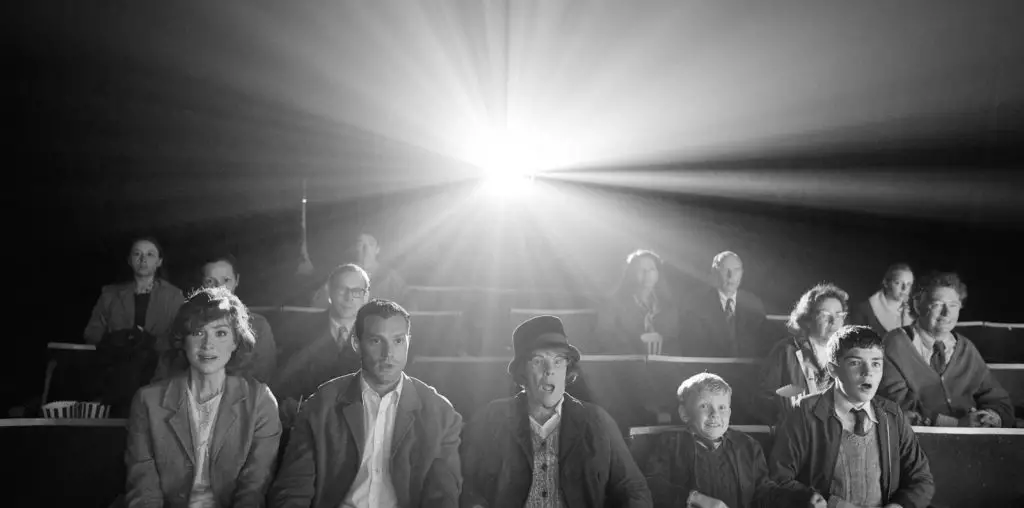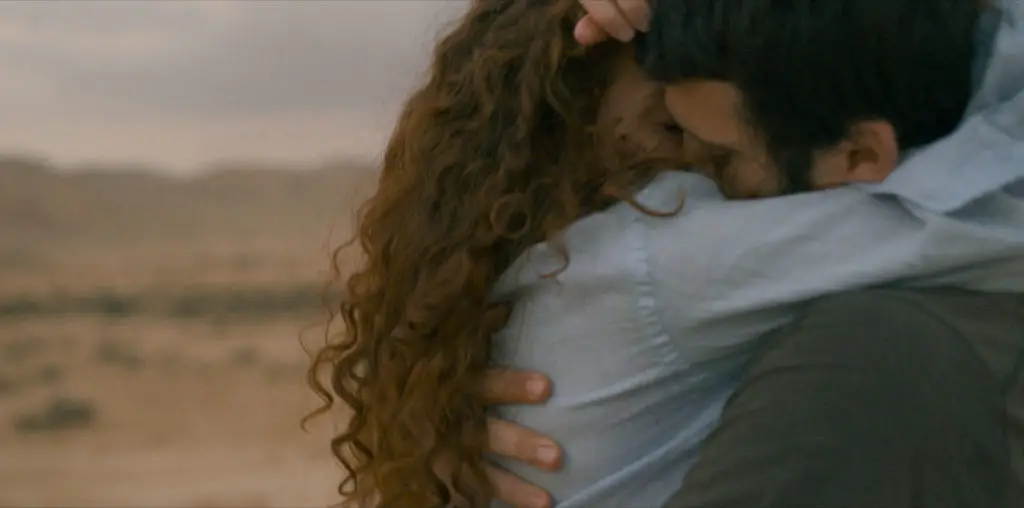
In the summer of 1960, the Woolworth’s in downtown Greensboro, NC began serving meals to an integrated diner counter. C.L. Harris, the department store’s manager, didn’t comply with any corporate memo demanding all Woolworths let black and white customers dine together. Curtis didn’t integrate because he had finally seen the light (on his own) either. His change of heart was the result of external forces. Video Dialog’s documentary “February One” details the lives of the four young black men whose sit-in demonstrations would become an important aspect of the Civil Rights movement.
Known as the Greensboro Four, Ezell Blair, Jr. (now Jibreel Khazan), Franklin McCain, Joseph McNeil, and David Richmond made a difference not only in Greensboro but also across the country. Their sit-ins attracted a lot of media coverage, allowing people all over the United States to see that these four college freshmen were making a statement without violence or words. The Greensboro Four started the sit-ins on the first day of February in 1960 and were joined by students from neighboring cities on the remaining days. The sit-ins lasted about a week and inspired similar nonviolent demonstrations in fifty-four cities in nine southeastern states.
“February One” shares the story of the Greensboro Four through photo stills, archival footage, re-enactments, and interviews with a variety of people. The documentary is insightful and intriguing, and presents information within a consistent structure. Each of the Four is introduced and developed in such a way that you feel like you know them. Furthermore, the combination of interview footage, voice-overs, dramatizations, and photos glues you to the story.
Most documentaries work because their messages are pertinent and engaging. “February One” is such a documentary. In addition to relating a good story (and communicating it effectively), it also captures a very valuable one too. Strength may lie in numbers, but before there can be 100 people, there must be one. It began with four in Greensboro, and then four became more than one can count.

